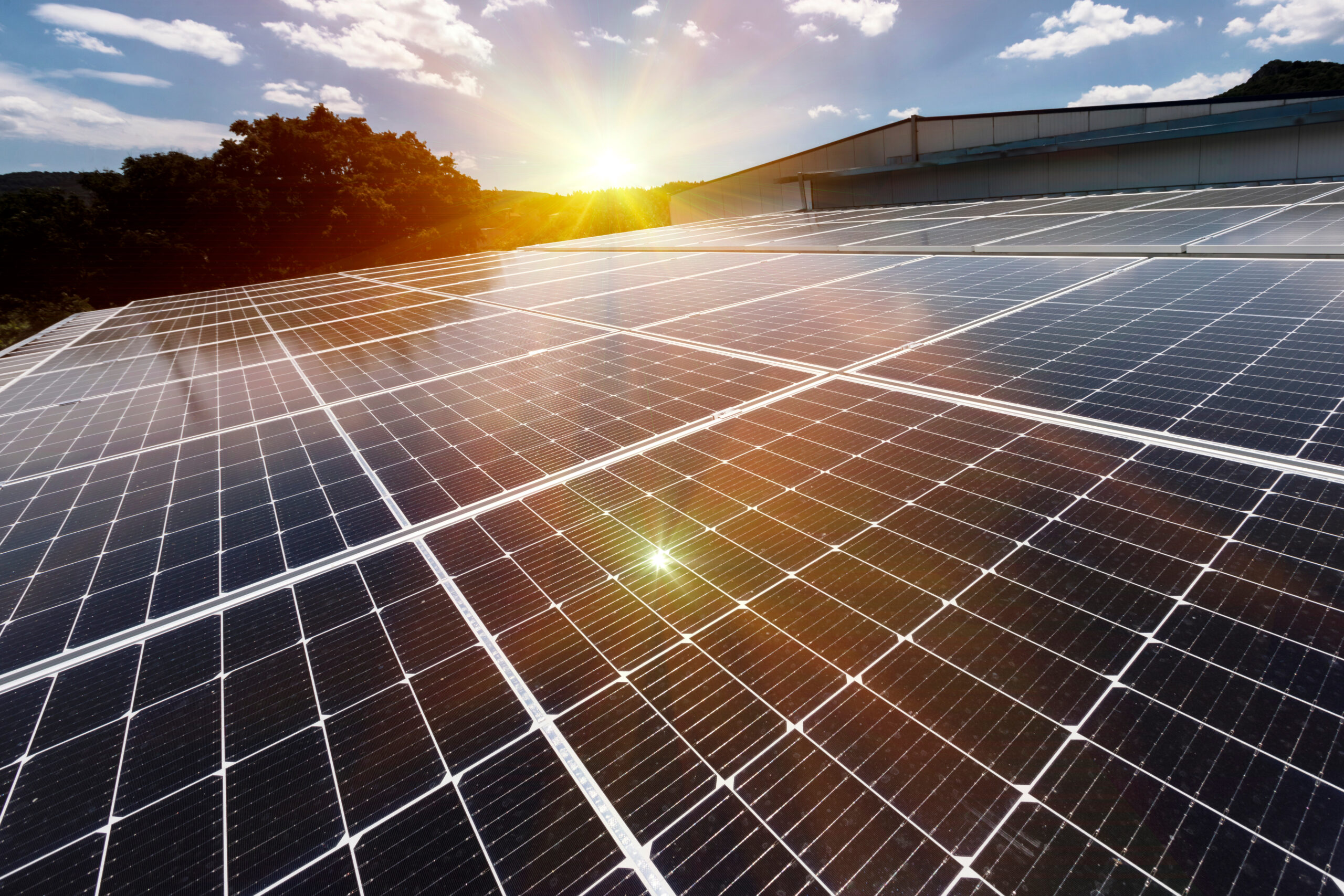On July 4, 2025, the President signed the One Big Beautiful Bill Act into law—a far-reaching piece of legislation that reshapes America’s energy landscape. Among its many provisions, the Act begins the phase-out of the federal Investment Tax Credit (ITC) for solar and wind energy projects. Just days later, Executive Order #14315 directed the U.S. Treasury to publish detailed guidance on how the ITC will wind down.
That guidance was released on August 15, 2025 (IRS Notice 2025-42) and became effective September 2, 2025. It defines key terms like “Start of Construction” and “Safe Harbor,” and imposes new limitations on how larger projects can qualify.
This represents a significant change—but it’s certainly NOT the end of solar. Far from it.
ITC Is Still Available—and Extremely Valuable
Solar projects currently qualify for 30% federal tax credit—or 40% in designated Energy Communities. Under the new law:
- Projects that start construction before July 4, 2026 have four full calendar years to be placed in service to qualify.
- Projects that begin construction after July 4, 2026 must be placed in service by December 31, 2027 to qualify.
Commercial-scale rooftop solar projects take several months to develop, including system design, interconnection, and permitting. Installation adds another 1 to 3 months. That means organizations considering solar should begin planning well in advance of the federal deadlines to ensure projects at their properties can qualify.
What the August Guidance Changed
- Projects over 1.5 MW AC must now show “physical work of a significant nature” (e.g., foundations, on-site work, or binding manufacturing contracts) to qualify as having started construction. The Safe Harbor 5% spend test is an alternative to physical construction that’s been in use for 20 years, and allows projects to qualify by paying at least 5% of total costs by the Start of Construction deadline.
- Projects 1.5 MW AC or smaller can still use the 5% Safe Harbor spend test, preserving flexibility for the vast majority of commercial rooftops and parking lots, municipal buildings, K-12 schools, and universities.
- Continuity requirements remain but are tied to new deadlines. Projects that begin construction before July 4, 2026 have up to four full calendar years to be placed in service. Projects beginning after that date must be in service by December 31, 2027.
- Equipment sourcing rules become stricter in 2026. The guidance reinforces limitations on panels and components sourced from “Foreign Entities of Concern” (FEOC). Developers must ensure equipment qualifies—making procurement strategy as important as project timing.
The upshot: timelines matter more than ever, and developers must plan carefully to secure ITC eligibility.
Silver Linings
While the new guidance tightens requirements, important opportunities remain:
- Small solar projects (<1.5 MW AC) still qualify under the 5% Safe Harbor method.
- Current Safe Harbor rules remain, but with tighter deadlines—projects that act quickly can still lock in value.
- Bonus Depreciation is back—businesses can deduct 100% of a project’s depreciable basis in year one, further improving payback.
The Bigger Picture: Rising Costs, Strong State Support
Two forces will continue to drive the value of solar—regardless of changes at the federal level: the rising cost of grid-delivered electricity and strong state incentive programs.
Rising Cost of Grid-Delivered Electricity
Electricity prices are expected to rise as power plants burn more fuels and utilities make major infrastructure upgrades—costs ultimately passed on to ratepayers. “According to Wood MacKenzie’s PowerOn North America report from August 2025, “The One Big Beautiful Bill Act (OBBBA) will constrain power supply and increase power prices.” Behind-the-meter solar provides a unique hedge, helping businesses, schools, and municipalities to manage long-term energy expenses, and reduce or eliminate exposure to future rate hikes.
Strong State Incentive Programs
Many states offer generous financial support for solar. Massachusetts’ SMART 3.0, Rhode Island’s Renewable Energy Growth (REG) Program, and New York’s NY-Sun are examples of reliable, well-structured programs designed to accelerate adoption—even when federal benefits are gone. Projects that secure the federal ITC can stack it on top of state incentives to achieve extremely attractive returns on investments, in some cases as little as 4 years for a 25 year asset.
What’s Next?
While the OBBB and Treasury guidance are not favorable to renewable energy industries, they have made it very clear: the phase-out schedule creates a path for new solar projects that can deliver outstanding financial returns, especially for projects less than 1.5MW AC. With deadlines approaching and safe harbor standards tightened, businesses and institutions that want to capture ITC value should be moving forward now.
At Solect, we’ve helped nearly 1,000 organizations navigate policy shifts like this, and capitalize when the market offers outsized benefits. With a team of 100+ experts, we turnkey develop, install, and service solar projects across the Northeast. Importantly, we maintain an inventory of qualified solar panels and are proactively purchasing equipment that complies with Safe Harbor and FEOC rules. That means organizations that contract and begin development now have a clear advantage because with Solect, you can.
September 2, 2025

